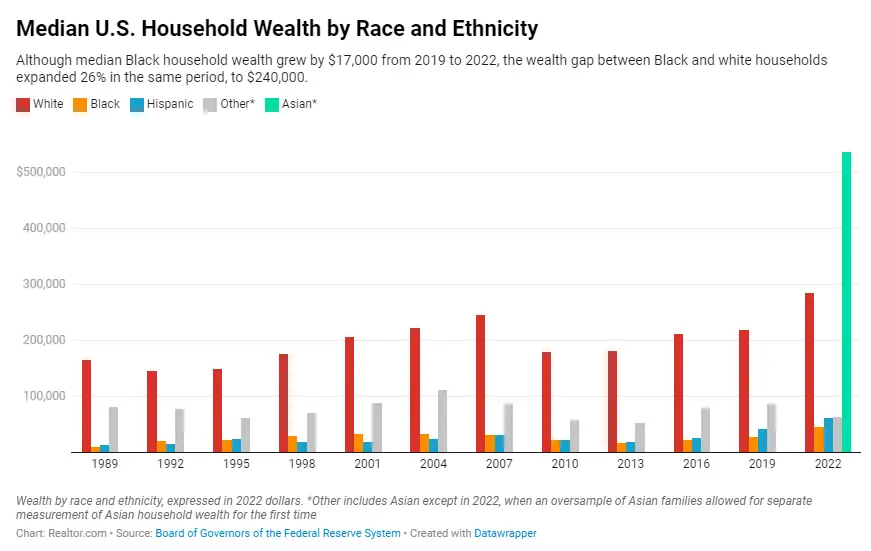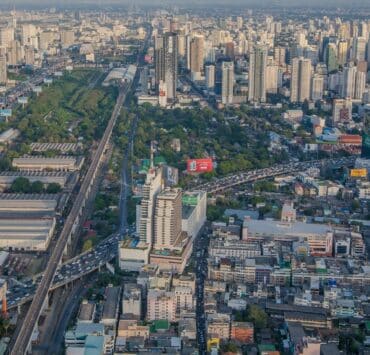In today’s society, where overt housing discrimination is largely a thing of the past, a new, more subtle form of segregation known as “white fortressing” has emerged. This practice, which involves creating exclusive jurisdictions in wealthy, predominantly white areas while excluding neighboring lower-income, often majority nonwhite communities, threatens to widen the racial wealth gap and stifle opportunities for marginalized groups.
The Concept of White Fortressing
White fortressing, also referred to as opportunity hoarding, is a strategy used by affluent communities to maintain economic and racial segregation. By forming new school districts or municipalities, these areas can hoard resources and prevent them from being shared with less affluent neighboring communities. A prominent example is the creation of the city of St. George in Louisiana, which seceded from East Baton Rouge Parish, diverting significant tax revenue away from the broader community.
Economic Implications
The economic impact of white fortressing is profound. For many homeowners, their house is their largest asset and a key component of their net worth. When affluent communities secede or create exclusive jurisdictions, they attract resources that drive up property values within these areas. Conversely, the “left behind” communities experience a decline in property values due to a lack of access to well-funded schools and essential public services. This dynamic exacerbates the racial wealth gap, as marginalized communities are cut off from opportunities to build wealth through homeownership.
Widening the Racial Wealth Gap

The racial wealth gap in the United States is already a significant issue, with the latest data showing that the gap between Black and white households has expanded. From 2019 to 2022, while median Black household wealth grew, the gap between Black and white household wealth increased by 26%, reaching a staggering $240,000. White fortressing contributes to this widening gap by ensuring that resources remain concentrated in predominantly white, affluent areas, thereby limiting the wealth-building potential of marginalized communities.
Long-term Consequences
The long-term consequences of white fortressing are detrimental not only to the excluded communities but also to the regions as a whole. Research indicates that regions with high levels of political fragmentation, characterized by numerous small jurisdictions, experience higher mortality rates among racially minoritized populations. The lack of resource sharing leads to underfunded public services and schools in the excluded areas, further entrenching social and economic disparities.
Addressing White Fortressing
To mitigate the effects of white fortressing, it is essential to promote policies that encourage resource sharing and integration. Health Impact Assessments and other policy research can help communities understand the potential consequences of secession movements. By fostering inclusive policies and ensuring equitable distribution of resources, regions can work towards reducing the racial wealth gap and creating opportunities for all residents.

White fortressing represents a modern form of segregation that perpetuates economic and racial inequalities. By understanding and addressing this issue, communities can work towards a more equitable future. The practice of white fortressing not only harms the marginalized communities but also poses long-term risks to the broader society. It is crucial to take steps to dismantle these barriers and promote inclusivity and equity in all aspects of community development.
Related posts:
 Decline in Home Prices: Anticipating a Shift in 2024
Decline in Home Prices: Anticipating a Shift in 2024
 Maryland Governor Legislative Agenda: Military Families, Housing, and Public Safety in 2024
Maryland Governor Legislative Agenda: Military Families, Housing, and Public Safety in 2024
 Nashville’s Zoning Bills for Middle-Income Housing Spark Contentious Debate
Nashville’s Zoning Bills for Middle-Income Housing Spark Contentious Debate
 Tampa Affordable Housing Initiative Breaks Ground on New 188-Unit Building
Tampa Affordable Housing Initiative Breaks Ground on New 188-Unit Building
 Navigating the Decline: Florida Condo Prices Dropping Amidst Rising Costs
Navigating the Decline: Florida Condo Prices Dropping Amidst Rising Costs






